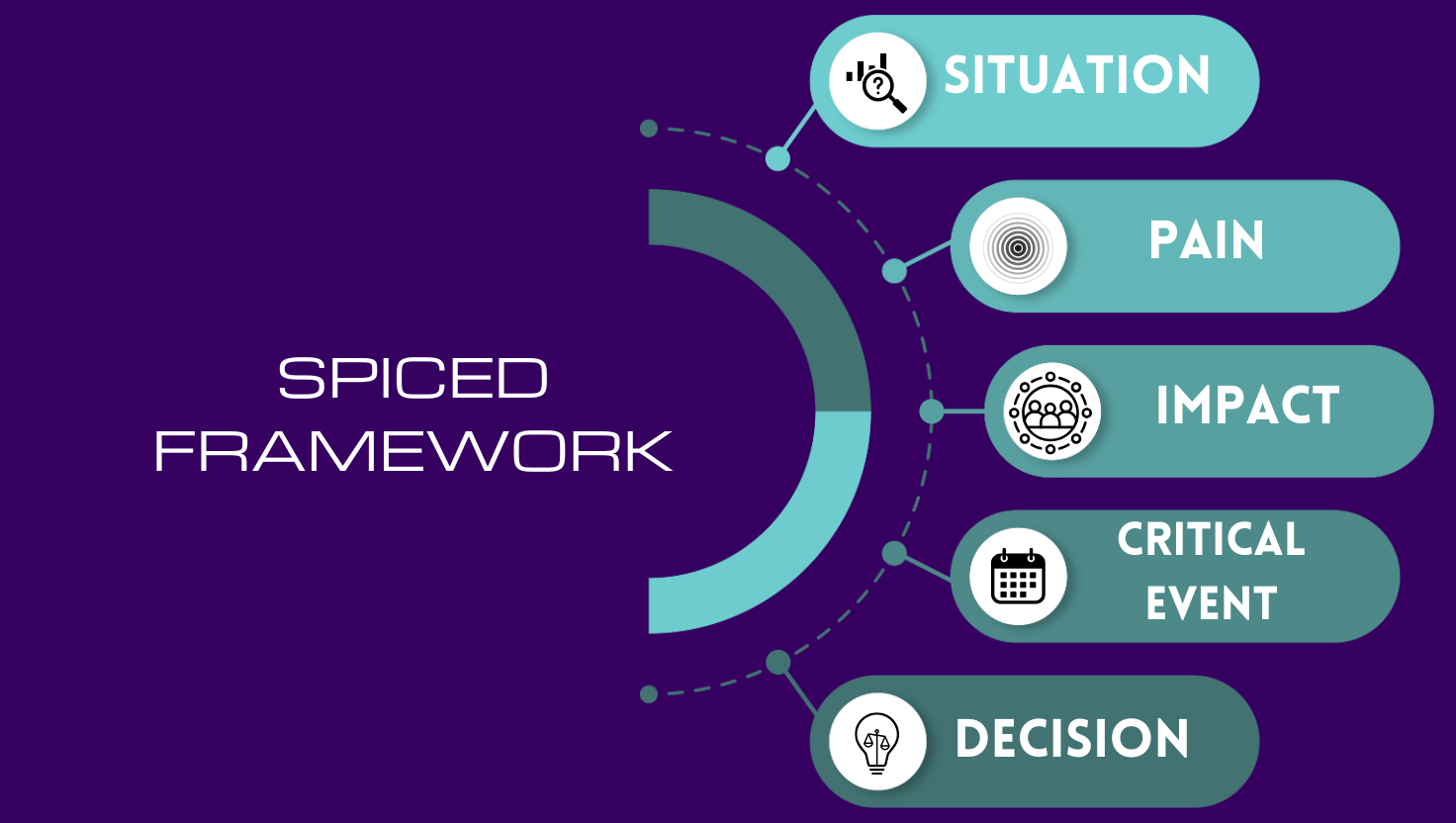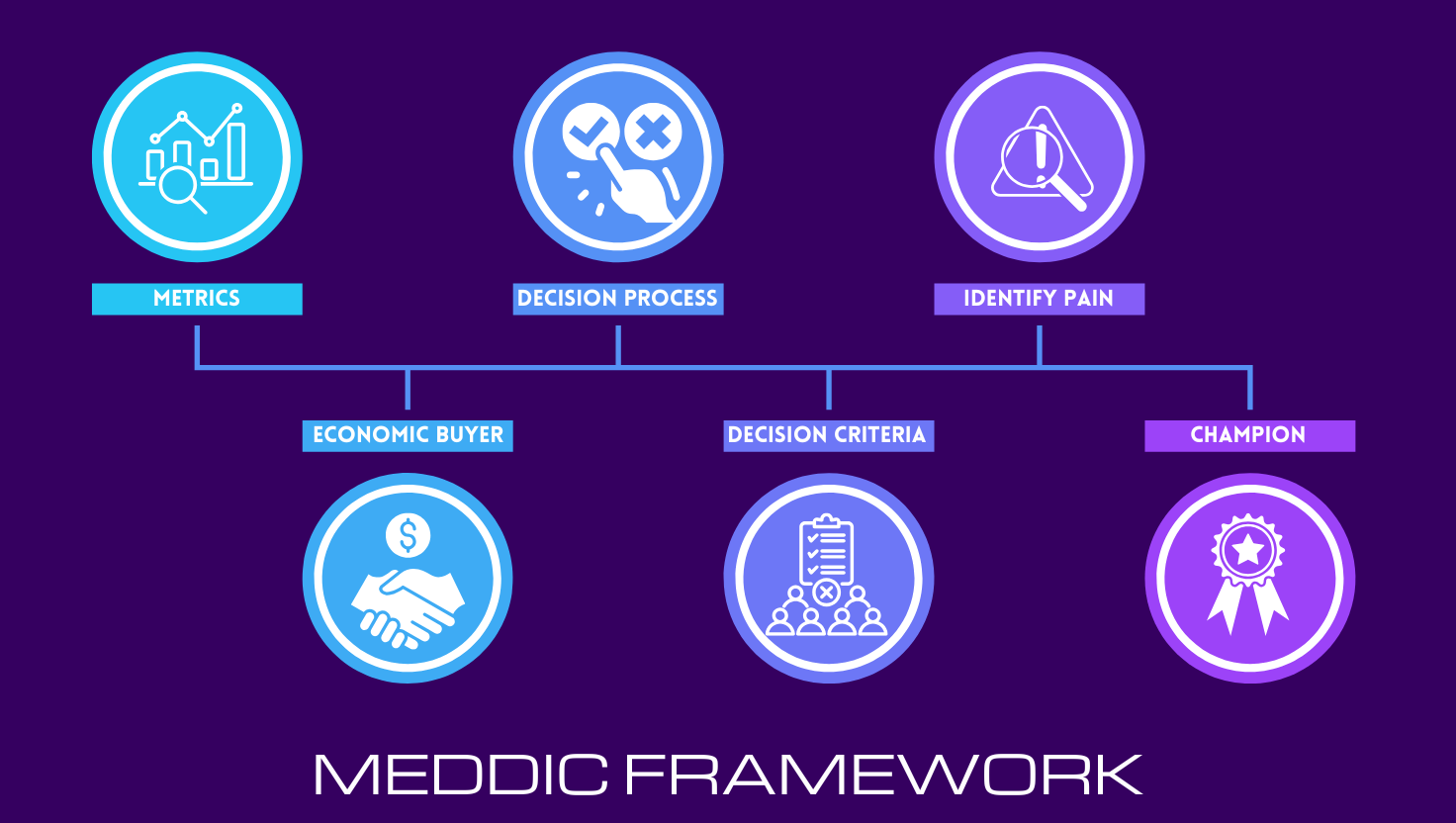How to Define Your Bowtie Metrics
Your CRM is a mess. Data is inconsistent, reports don’t align, and every team—marketing, sales, and customer success—has its own version of reality. Sound familiar? If so, you're not alone. Many organizations struggle with defining and standardizing Bowtie metrics, leading to inefficiencies, forecasting nightmares, and misalignment between teams.
The good news? You can fix this. With a structured approach, you can establish clear, standardized Bowtie metrics that create alignment, improve data accuracy, and ultimately drive predictable revenue growth. Let’s break down how to do it.
1. Understand Your Bowtie Metrics
Before you start redefining metrics, you need a solid understanding of the key Bowtie stages. These are the crucial checkpoints in your revenue funnel that indicate a lead’s journey from awareness to expansion.
- Suspect – A broad pool of potential customers with no qualification on fit or intent.
- Prospect – A potential customer who fits your ideal profile but has not yet engaged.
- MQA (Marketing Qualified Account) – A lead that has interacted with marketing efforts and shows potential buying intent.
- SQA (Sales Qualified Account) – A lead that has been vetted by sales and is ready for a deeper conversation.
- Pipeline (Sales Accepted Opportunity) – A lead officially accepted into the sales pipeline.
- Commit (Win) – A customer who has signed a contract.
- First Value (Impact) – A customer who has completed onboarding and gained initial value from your product.
- Retention (Renewal) – Customers who continue their contracts.
- Growth (Expansion) – Customers who purchase more over time.
Check out our related blog posts that go more in-depth into each metric.
2. Align Your Definitions Across Teams
One of the biggest pitfalls in revenue operations is inconsistent definitions. Marketing, sales, and customer success often use the same terms but define them differently. It’s time to get everyone on the same page.
How to Align:
- Run cross-functional workshops – Bring marketing, sales, customer success, and RevOps together to agree on definitions.
- Define business impact – Clearly articulate what each metric means in the context of your go-to-market (GTM) strategy.
- Map to existing metrics – Identify how these metrics relate to your current tracking.
- Standardize where data lives – Determine which systems (CRM, automation tools, etc.) will store and calculate these metrics.
- Document everything – Create a centralized data dictionary so definitions don’t get lost over time.
3. Implement Standardization in Your Systems
Once you have clear definitions, you need to ensure they’re consistently applied across your CRM and other tech tools.
Steps to Implement:
- Automate tracking – Reduce manual errors by automating all lifecycle updates and date-stamping.
- Lock fields – Prevent unauthorized changes that could create inconsistencies.
- Integrate across tools – Ensure marketing automation, CRM, and reporting tools are all using the same definitions.
To make this process even easier, consider using SaaSTrack , a platform that automates the tracking of Bowtie metrics and ensures consistency across your revenue operations.
4. Train Your Teams and Communicate Clearly
Alignment isn’t a one-time exercise—it requires ongoing education and reinforcement.
Best Practices:
- Conduct workshops – Teach teams how and why the new definitions matter.
- Embed definitions in your CRM – Use help text and tooltips to reinforce definitions where users interact with data.
- Review metrics in meetings – Make Bowtie metrics a core part of pipeline reviews and quarterly business reviews.
- Get leadership buy-in – Ensure executives are aligned and reinforcing the same standards.
5. Monitor, Refine, and Improve
Standardizing Bowtie metrics isn’t a set-it-and-forget-it process. You need ongoing evaluation and refinement to keep up with business changes.
Key Monitoring Tactics:
- Track conversion rates – Ensure definitions aren’t too broad or too restrictive.
- Review forecasting accuracy – Compare predicted vs. actual pipeline performance.
- Gather team feedback – Regularly check in with sales, marketing, and customer success to identify pain points.
- Update definitions cautiously – Don’t change metrics too frequently, or you’ll lose historical consistency.
Setting the Stage for AI Integration
Once your Bowtie metrics are standardized and automated, your organization is well-positioned to leverage AI-driven insights. With clean, structured data, AI can enhance forecasting, predict customer behavior, and optimize revenue operations. AI-powered analytics can provide deeper visibility into conversion trends, identify potential bottlenecks, and recommend strategic actions—ultimately accelerating your business growth.
By layering AI on top of your CRM, you can move from reactive decision-making to a proactive, data-driven approach. Standardized Bowtie metrics serve as the foundation for these advanced capabilities, ensuring that AI models work with high-quality, trustworthy data.
Final Thoughts
Fixing your CRM and defining your Bowtie metrics isn’t just a data exercise—it’s a strategic move that will align your teams, improve forecasting, and drive predictable growth. By following these steps, you’ll transform your revenue engine into a well-oiled machine where everyone is speaking the same language and working toward the same goals.
Now it’s time to take action. Set up those cross-functional meetings, document your definitions, and start bringing order to the chaos. Want to automate the entire process and eliminate tracking headaches? Book a demo with SaaSTrack today and see how it can streamline your revenue operations and prepare your organization for AI-driven insights.




